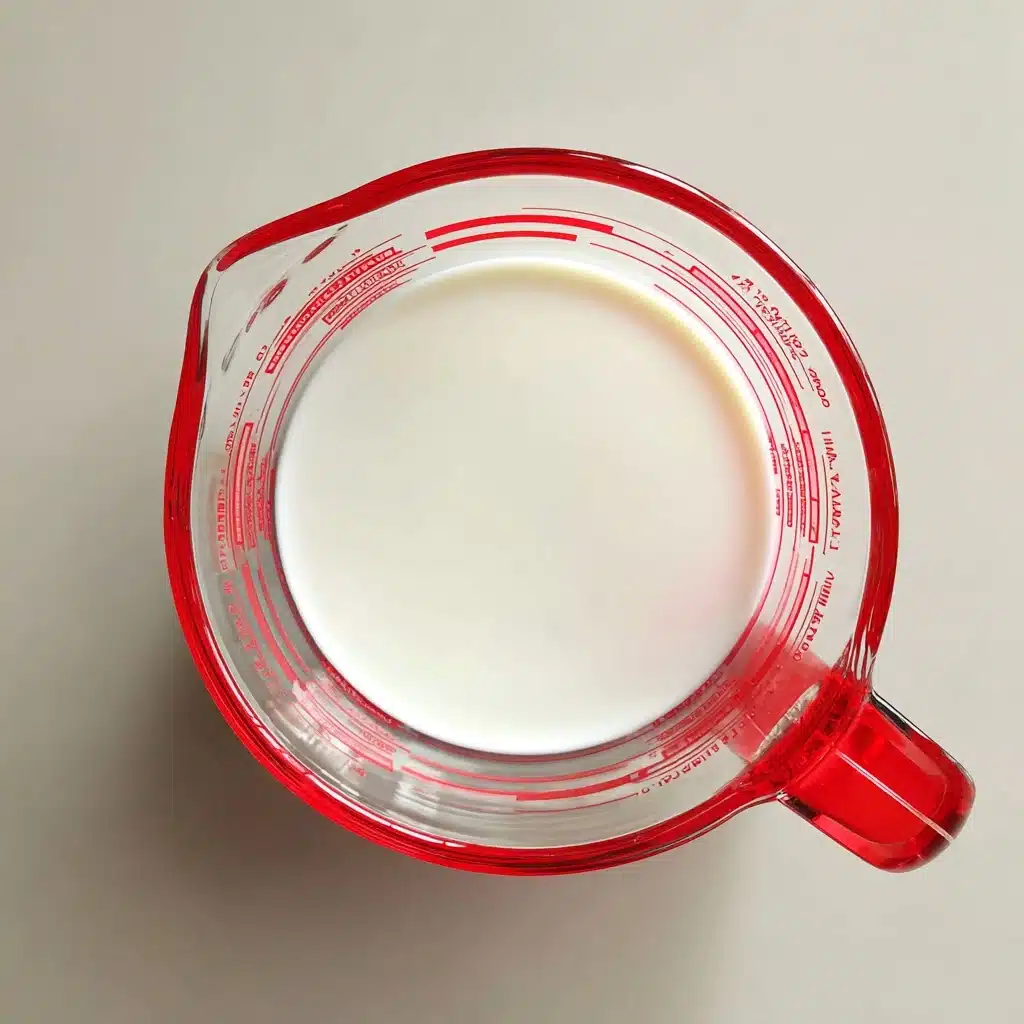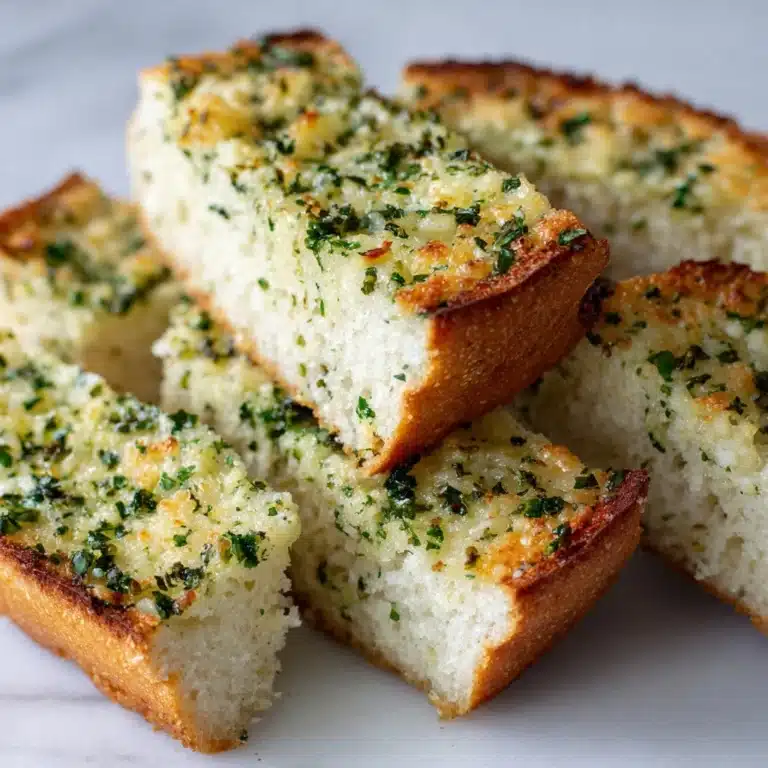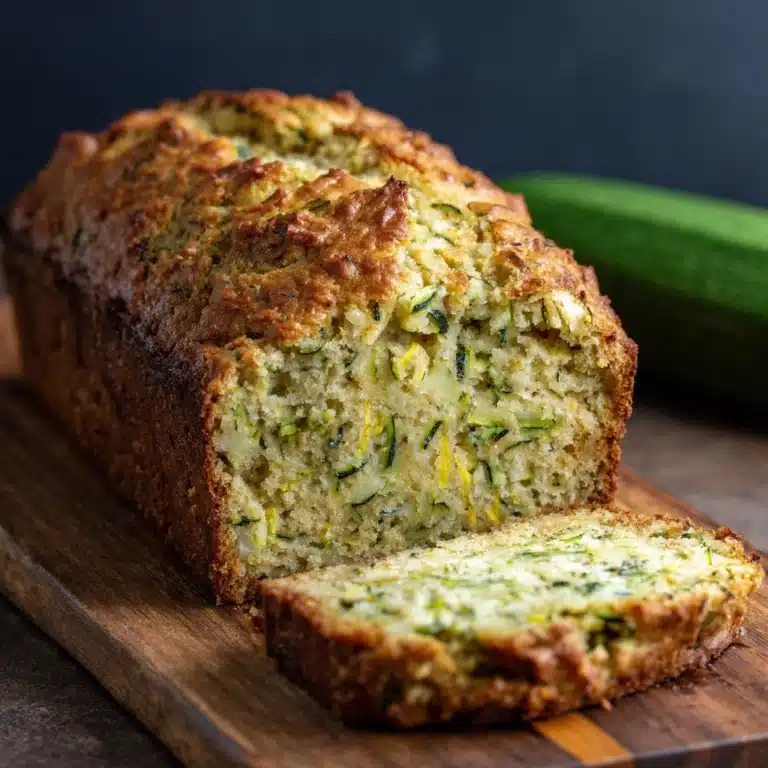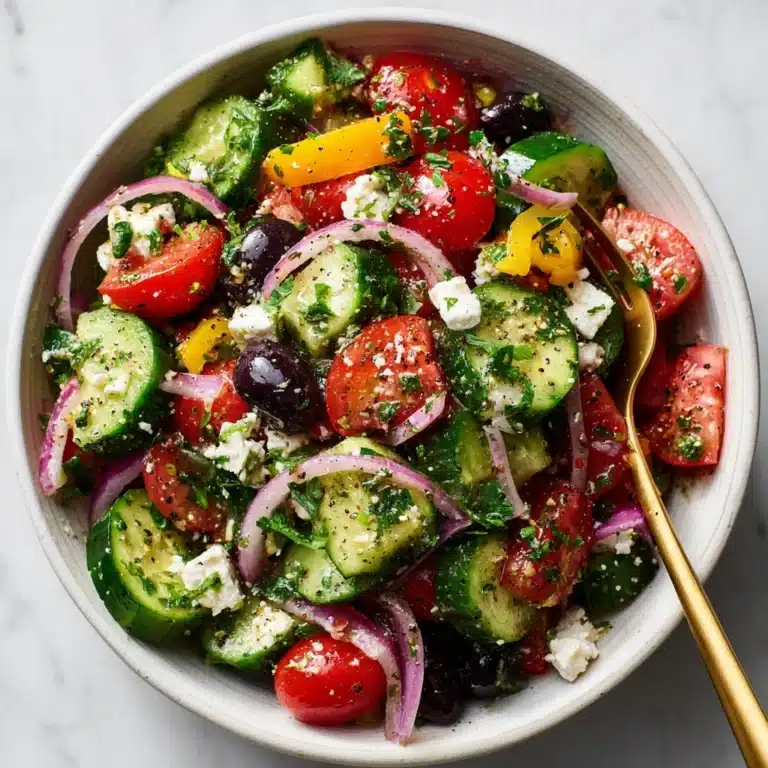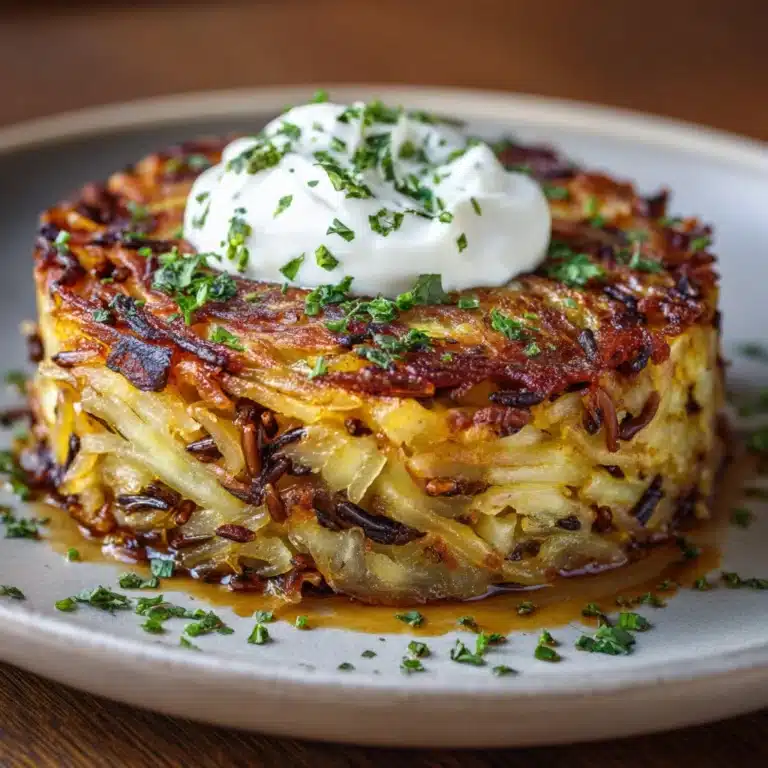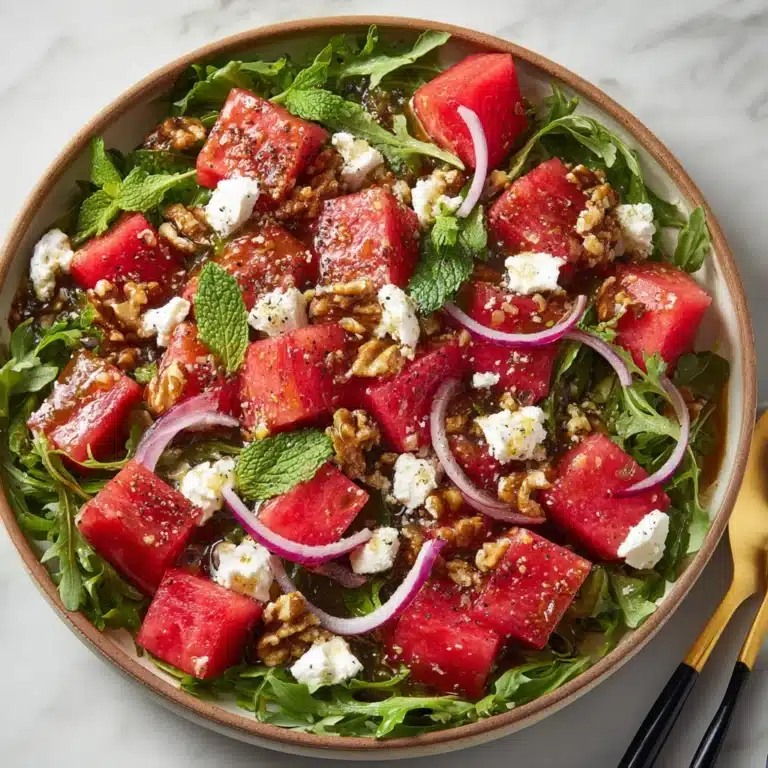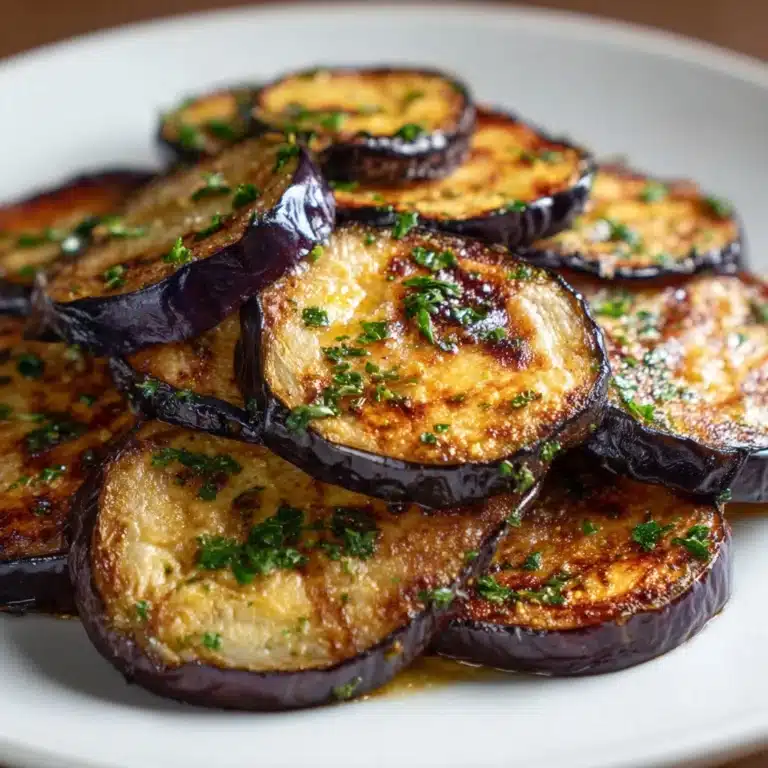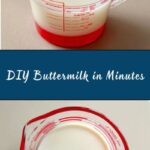Homemade Buttermilk is one of those kitchen essentials that makes a world of difference in everything from pancakes to fried chicken. There’s something deeply satisfying about whipping it up yourself in mere minutes, with ingredients you probably already have on hand. Whether you’re in a pinch or simply want to skip a trip to the store, this tangy, creamy concoction fits the bill, and you’ll love knowing exactly what’s in your buttermilk. Not only does it work perfectly as a substitute for store-bought, but it uses no special equipment, no mysterious additives, and delivers that fresh, tart flavor we all crave in our favorite recipes.
Ingredients You’ll Need
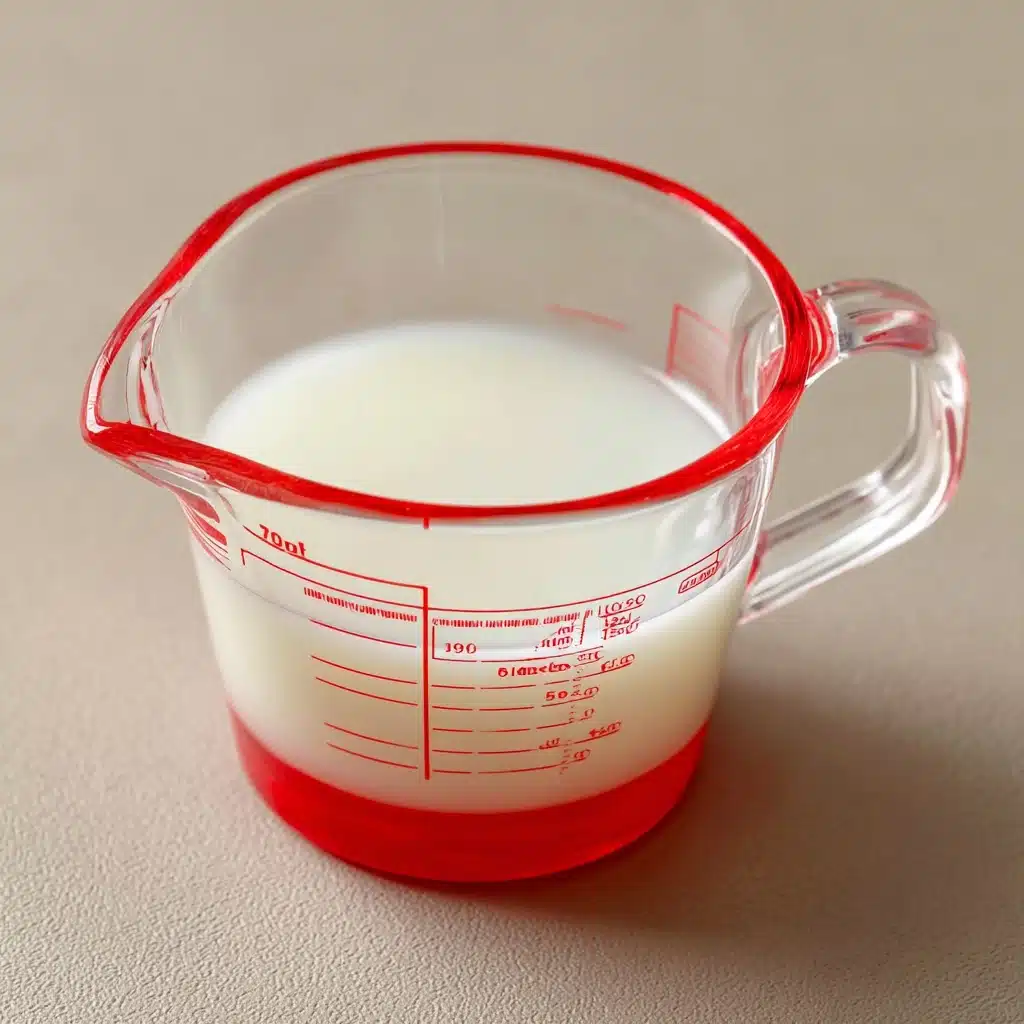
Ingredients You’ll Need
You’ll be amazed at how only two simple ingredients come together to create a Homemade Buttermilk that’s every bit as tasty as the store-bought version. Each part plays an important role—milk provides that creamy base, while a splash of vinegar or lemon juice creates the signature tang.
- Whole milk (or 2% milk): Whole milk promises a richer mouthfeel, but 2% works beautifully for a lighter result.
- White vinegar or fresh lemon juice: Either acid will curdle and thicken the milk, giving you that characteristic buttermilk texture in just minutes. Lemon juice offers a citrusy note, while vinegar is more neutral.
How to Make Homemade Buttermilk
Step 1: Measure the Milk
Pour exactly 1 cup of whole milk (or 2% milk if you like things a touch lighter) into a liquid measuring cup or a medium bowl. This is your creamy canvas, so start with milk that’s as fresh as possible for the best results.
Step 2: Add the Acid
Add 1 tablespoon of white vinegar or fresh lemon juice directly to the milk. Stir gently to combine, watching as the magic begins. The acid starts working right away, transforming plain milk into something much more special.
Step 3: Let it Sit
Leave the mixture at room temperature for 5 to 10 minutes. As it sits, the milk will thicken slightly and develop tiny curds—that’s when you know your Homemade Buttermilk is ready. If you peek, you’ll see the texture change and a pleasant tangy aroma start to develop.
Step 4: Stir and Use
Give your buttermilk a gentle stir before using to make sure it’s evenly mixed. That’s it! Use right away in your favorite baked goods or any recipe calling for buttermilk. If you made extra, cover and store in the fridge.
How to Serve Homemade Buttermilk
Garnishes
Your freshly made Homemade Buttermilk can be poured straight into a glass and enjoyed ice cold, topped with a pinch of freshly grated nutmeg or a sprig of fresh mint for a refreshing twist. For a more traditional Southern flair, a dusting of black pepper is surprisingly delightful.
Side Dishes
Serve alongside a warm stack of pancakes or flaky biscuits, both of which are transformed by the subtle tang of Homemade Buttermilk. It’s also a game-changer in savory dishes like buttermilk-brined chicken or creamy dressings for crisp salads.
Creative Ways to Present
For a fun, rustic touch at brunch, pour Homemade Buttermilk into mini mason jars for individual servings, or decant into a vintage milk bottle on your breakfast table. Swirl it into fruit smoothies or drizzle over fresh berries for a breakfast that feels special and wholesome.
Make Ahead and Storage
Storing Leftovers
Homemade Buttermilk keeps beautifully in the refrigerator for up to 3 days. Store it in a clean glass jar or an airtight container, and be sure to give it a good stir or shake before each use since the milk solids may settle as it rests.
Freezing
If you find yourself with extra Homemade Buttermilk, you can freeze it! Pour it into ice cube trays or freezer-safe containers. Once frozen, transfer cubes to a ziplock bag and thaw as needed for recipes. Just remember that the texture may change a bit, but it works perfectly in most baked goods.
Reheating
There’s actually no need to reheat Homemade Buttermilk; simply let it come to room temperature if you’ll be adding it to batters or doughs. Stir well if it has separated during chilling or thawing to keep it smooth and creamy.
FAQs
Can I use non-dairy milk to make Homemade Buttermilk?
Absolutely! Swap in your favorite non-dairy milk—like soy or almond—and add vinegar or lemon juice. The taste will vary slightly, but it still creates a tangy, buttermilk-style ingredient for vegan recipes.
What if my buttermilk doesn’t seem to thicken?
If your Homemade Buttermilk doesn’t curdle as much as you’d hoped, don’t worry—it may still have enough acidity for baking. Using whole milk and letting it sit a little longer often boosts the thickening effect.
Which is better—vinegar or lemon juice?
Both are excellent! Lemon juice gives a bright, citrusy note, while vinegar keeps things neutral. Decide based on what will best complement your recipe. For buttermilk pancakes or cakes, both options work wonders.
Can I double or triple this recipe?
Definitely. Homemade Buttermilk scales up beautifully. Simply maintain the 1 tablespoon acid to 1 cup milk ratio—you’ll always be prepared for big-batch pancakes, waffles, or even fried chicken for a crowd!
Is there a difference between this and store-bought buttermilk?
Store-bought buttermilk is often cultured for a deeper flavor and sometimes thicker texture, but this Homemade Buttermilk substitute performs just as well in almost every recipe, delivering that essential tang and moisture you crave.
Final Thoughts
If you’ve never tried making Homemade Buttermilk before, I hope this guide inspires you to whip some up next time it’s needed. It’s such a simple trick to keep in your back pocket, and you’ll love the fresh, creamy results it brings to your favorite dishes. Give it a try, and let this little kitchen magic elevate your baking and cooking in the most delicious way!
Print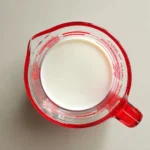
Homemade Buttermilk Recipe
- Total Time: 5 minutes
- Yield: 1 cup 1x
- Diet: Vegetarian
Description
Learn how to make your own homemade buttermilk with just two simple ingredients. This buttermilk substitute is perfect for all your baking needs and can be easily customized to suit your preferences.
Ingredients
- 1 cup whole milk (or 2% milk)
- 1 tablespoon white vinegar or fresh lemon juice
Ingredients:
Instructions
- Pour the milk: Into a measuring cup or bowl.
- Add the acidic ingredient: White vinegar or lemon juice. Stir to combine.
- Let sit: Allow the mixture to sit at room temperature for 5-10 minutes until it slightly thickens and curdles.
- Stir before using: Give it a gentle stir before using. Use as a substitute for store-bought buttermilk in any recipe.
Notes
- This recipe can be doubled or tripled as needed.
- For a richer flavor, use whole milk.
- Store unused buttermilk in the refrigerator for up to 3 days and stir before using.
- Prep Time: 5 minutes
- Cook Time: 0 minutes
- Category: Basics
- Method: No-Cook
- Cuisine: American
Nutrition
- Serving Size: 1 cup
- Calories: 150
- Sugar: 12g
- Sodium: 120mg
- Fat: 8g
- Saturated Fat: 5g
- Unsaturated Fat: 3g
- Trans Fat: 0g
- Carbohydrates: 12g
- Fiber: 0g
- Protein: 8g
- Cholesterol: 30mg
